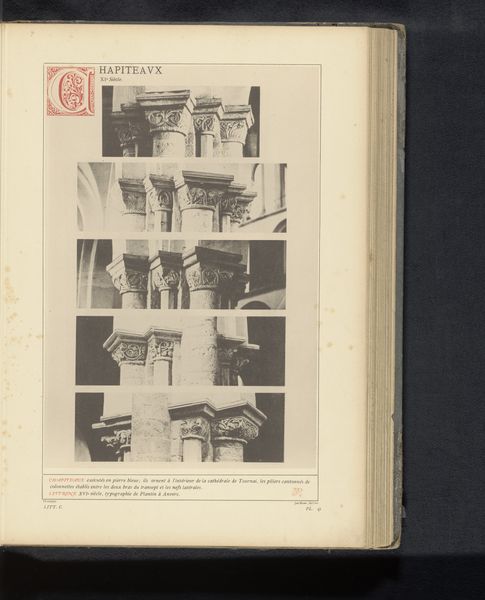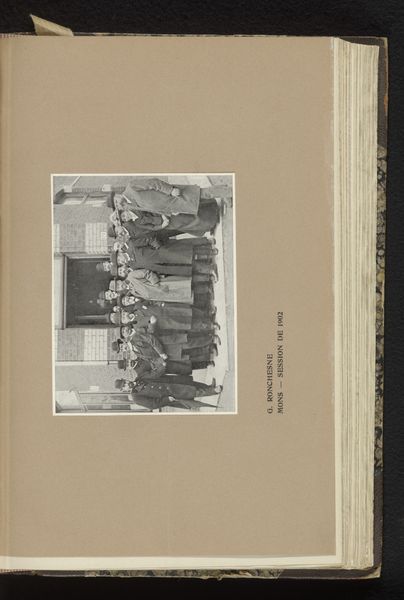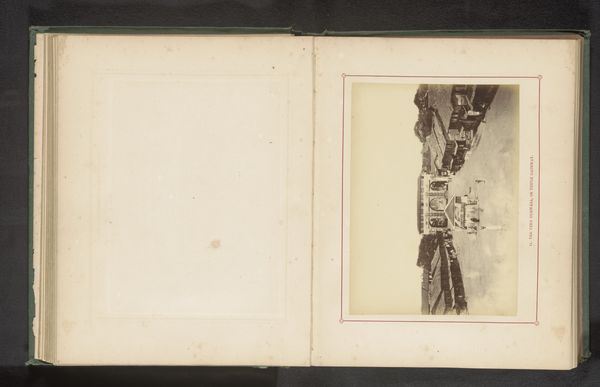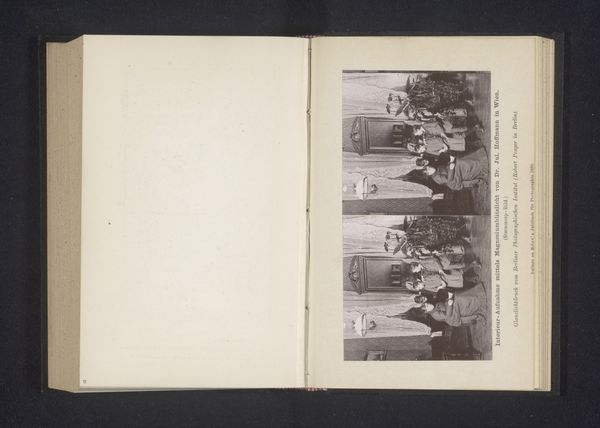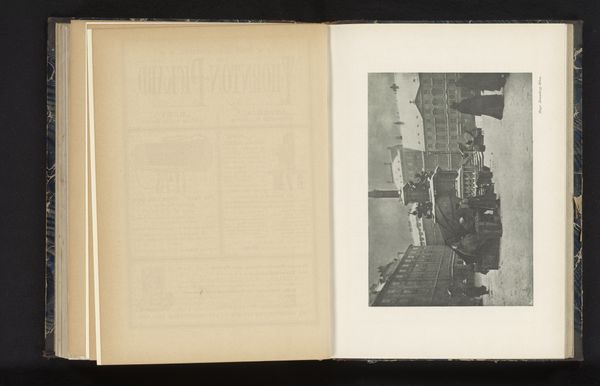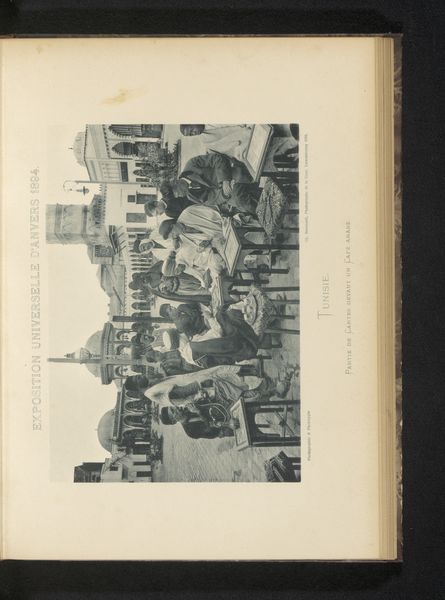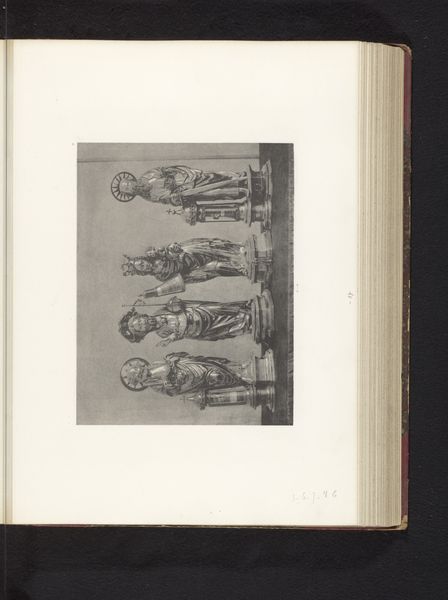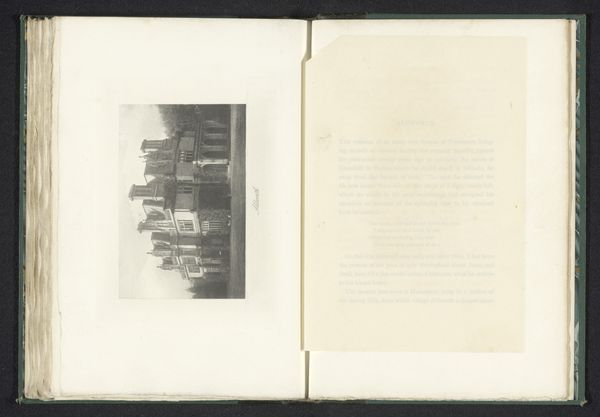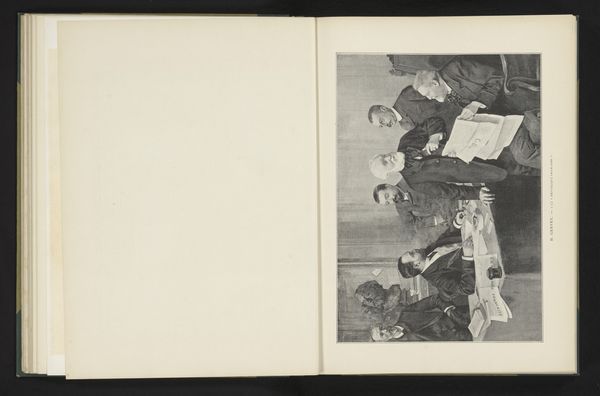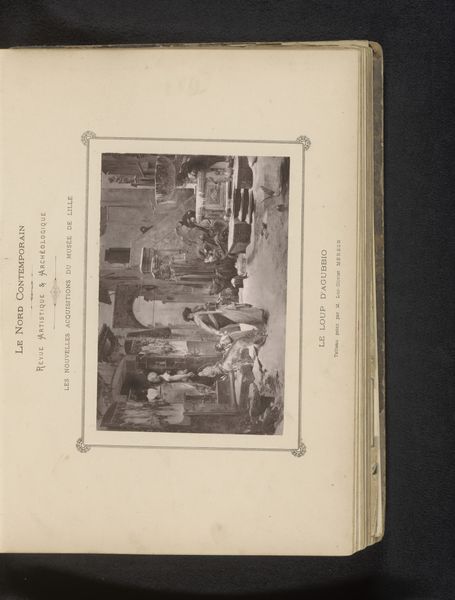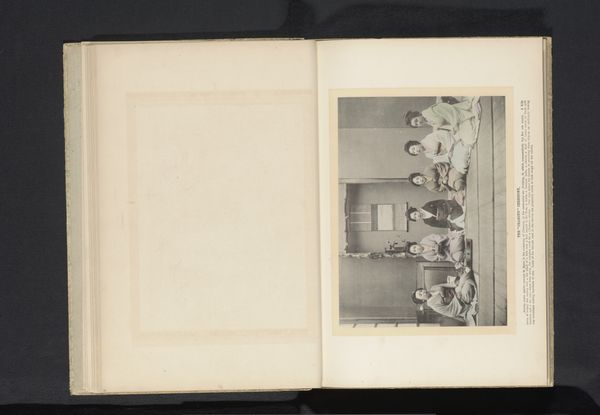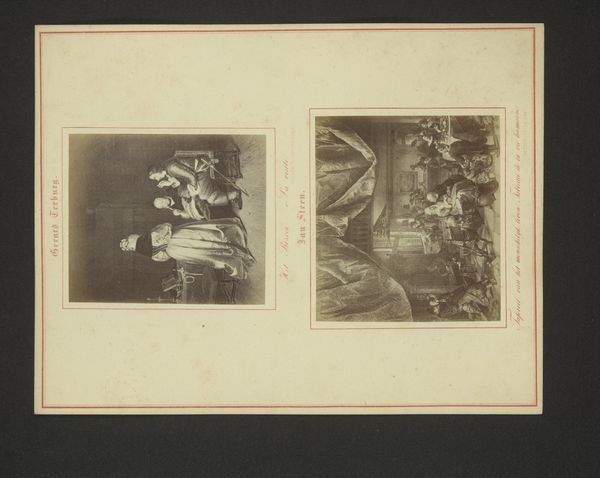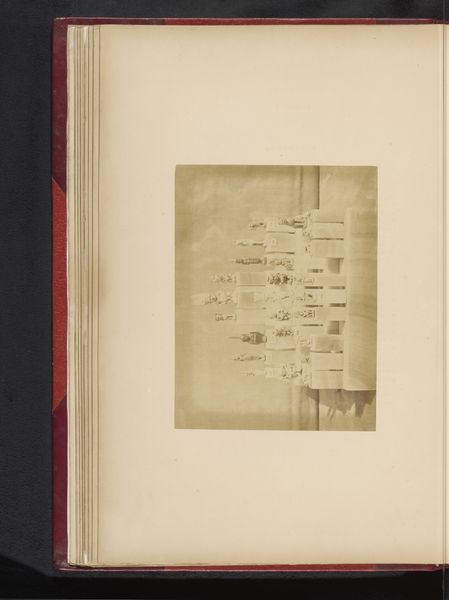
Vier opnames van kapitelen in de Onze-Lieve-Vrouwekathedraal te Doornik before 1880
0:00
0:00
drawing, print, photography, architecture
#
drawing
#
medieval
# print
#
photography
#
geometric
#
architecture
Dimensions: height 340 mm, width 233 mm
Copyright: Rijks Museum: Open Domain
Curator: What a striking compilation. The play of light and shadow on these architectural details really pulls you in. Editor: Indeed. This print showcases, as its title states in Dutch, “Vier opnames van kapitelen in de Onze-Lieve-Vrouwekathedraal te Doornik”—four photographs of capitals from the Notre-Dame Cathedral in Tournai. It was produced at some point before 1880, though the artist remains anonymous. Curator: The ordering suggests an intention to show their progressive design, doesn't it? A fascinating look into the cathedral’s architecture. These images seem to prioritize pattern and detail over scale or context, and the architectural detail evokes, for me, notions of power, institution and even dominance that echo through history. Editor: Precisely. Consider Tournai itself: a city with a rich, sometimes tumultuous political history. Examining the cathedral's architectural features like these capitals reveals a narrative of its construction, patronage, and the various cultural forces acting upon it. The building literally embodies complex histories of labor, craft, and religious ideologies. Curator: Right. So often the physical structure can tell stories beyond official narratives, layering indigenous beliefs, labor disputes, or resistance through carvings and ornamentation, right? The photograph as a medium brings into consideration our own moment; what does photography do to spaces? Editor: Exactly! Photography played a pivotal role in documenting, disseminating, and even constructing the image of cultural heritage. Before mass tourism, how did people know such details existed? Prints such as these not only catalog architectural achievements but also serve to legitimize historical narratives. The Cathedral as not just a building but as an image. Curator: Seeing it presented this way, I’m struck by how the architecture becomes this abstracted system, each column, each detail reinforcing its place within it. It's a very constructed representation. It definitely makes me curious to reflect on whose vision, literally and figuratively, we are encountering. Editor: Indeed, this piece serves as a reminder that every depiction carries its own set of cultural fingerprints, reflecting prevailing beliefs of both the represented space and its representation. Curator: A thoughtful note to leave on.
Comments
No comments
Be the first to comment and join the conversation on the ultimate creative platform.
